
Echoes of the Sublime
Duration : 2m
Maturity Level : all
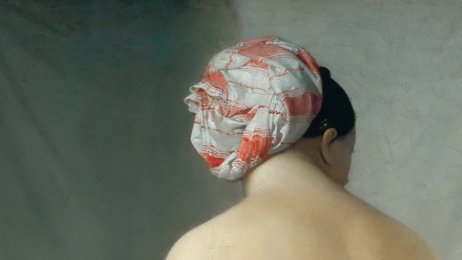
Slow Art Your Day
Duration : 3m
Maturity Level : all

Frozen in Grace
Duration : 3m
Maturity Level : all

Gaze Beyond Time
Duration : 2m
Maturity Level : all
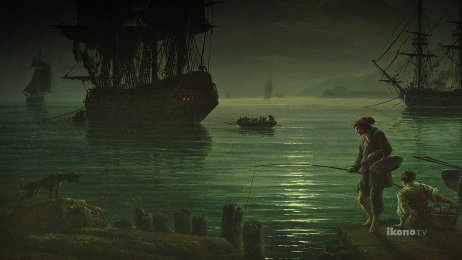
Moonlit Harbor
Duration : 3m
Maturity Level : all
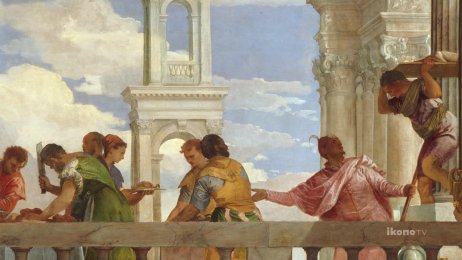
Banquet of Wonder
Duration : 6m
Maturity Level : all
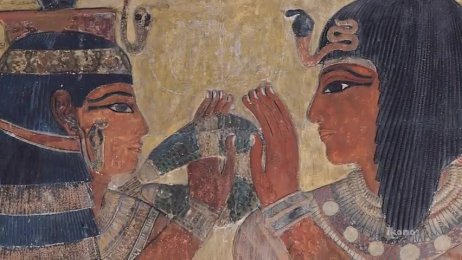
Embrace of Eternity
Duration : 3m
Maturity Level : all
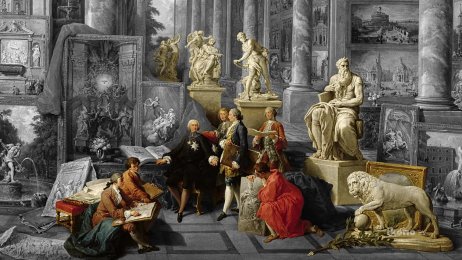
Rome Within Rome
Duration : 4m
Maturity Level : all

Lift Teri Bandh Hai Full Song - Judwaa 2 -
Duration : 3m
Maturity Level : all

Empire in Ceremony
Duration : 6m
Maturity Level : all
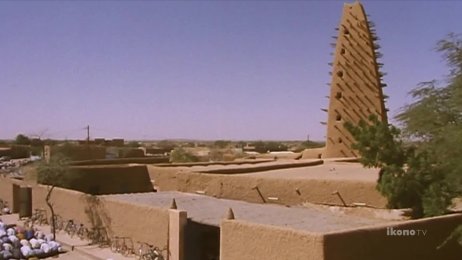
Historic Center of Agadez - Niger
Duration : 1m
Maturity Level : all
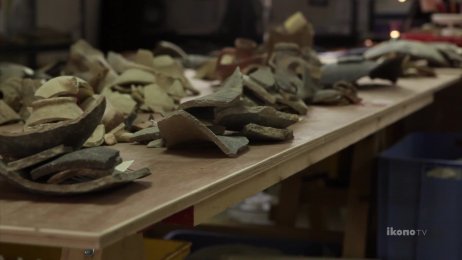
Al Zubarah Archaeological Site - Qatar
Duration : 1m
Maturity Level : all
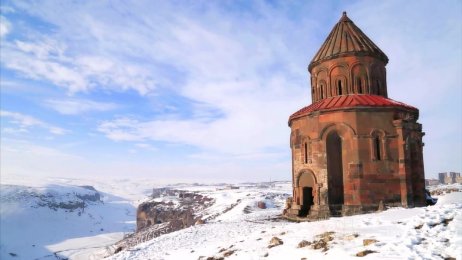
The Ruins of Ani - Turkey
Duration : 2m
Maturity Level : all

The Ruins of Aphrodisias - Turkey
Duration : 1m
Maturity Level : all
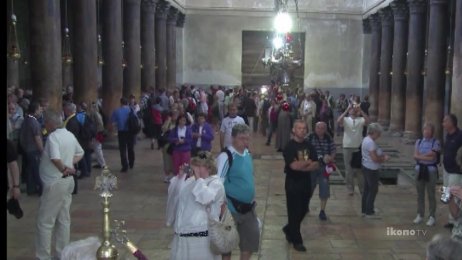
Birthplace of Jesus: Church of the Nativity and Pilgrimage Route - Palestine
Duration : 1m
Maturity Level : all

Cumalikizik - Turkey
Duration : 1m
Maturity Level : all

City of Erbil - Iraq
Duration : 2m
Maturity Level : all

Hebron/Al-Khalil Old Town - Palestine
Duration : 1m
Maturity Level : all
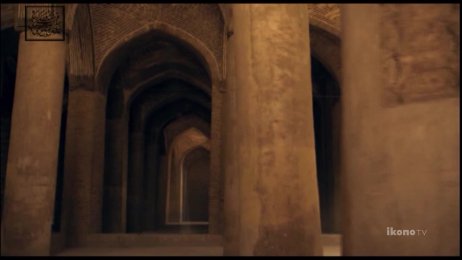
Masjed-e Jamé of Isfahan - Republic Islamic of Iran
Duration : 1m
Maturity Level : all

Archaeological Sites of the Island of Meroe - Sudan
Duration : 1m
Maturity Level : all

Bingyi’s Madness and Magic
Duration : 13m
Maturity Level : all
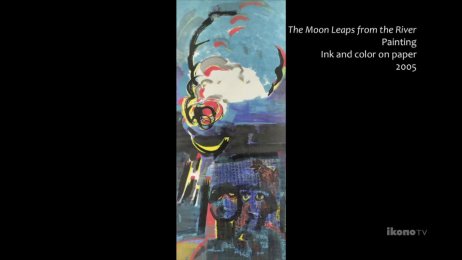
Chen Haiyan’s Dreams
Duration : 18m
Maturity Level : all
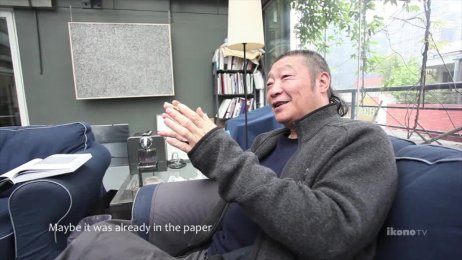
Li Huasheng’s Ambivalence
Duration : 9m
Maturity Level : all
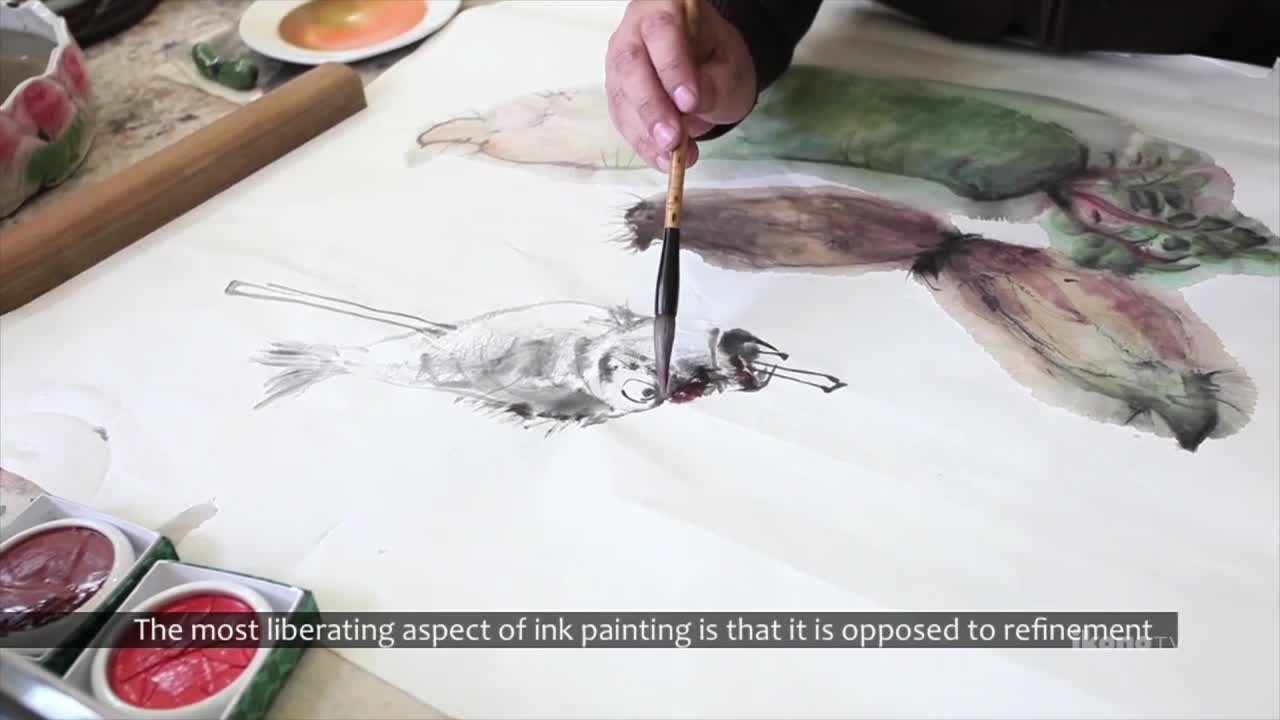
Li Jin’s Feast
Duration : 11m
Maturity Level : all
